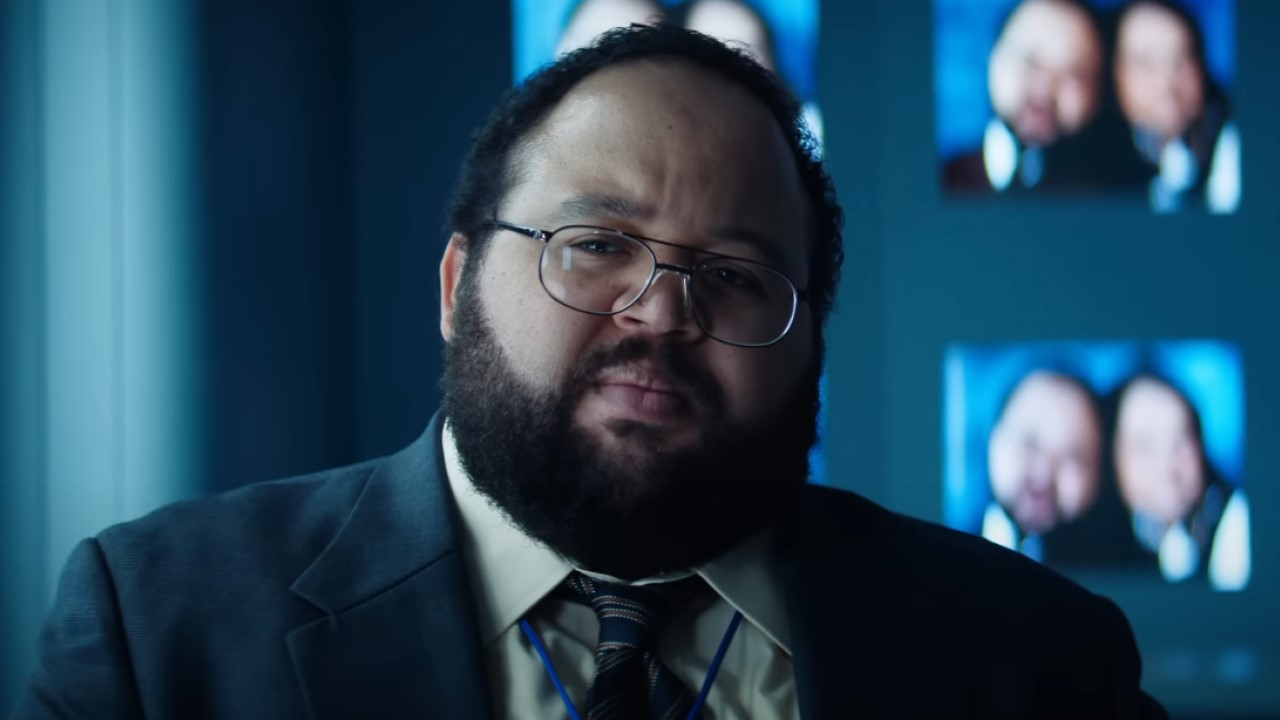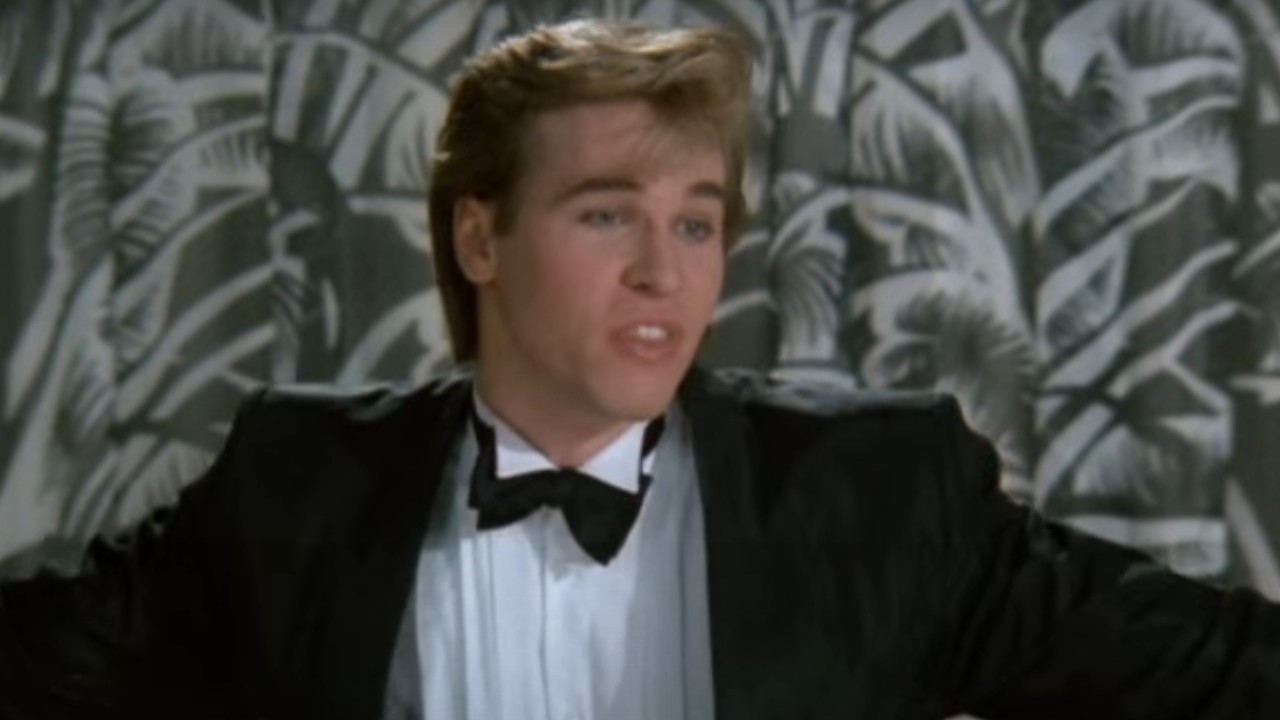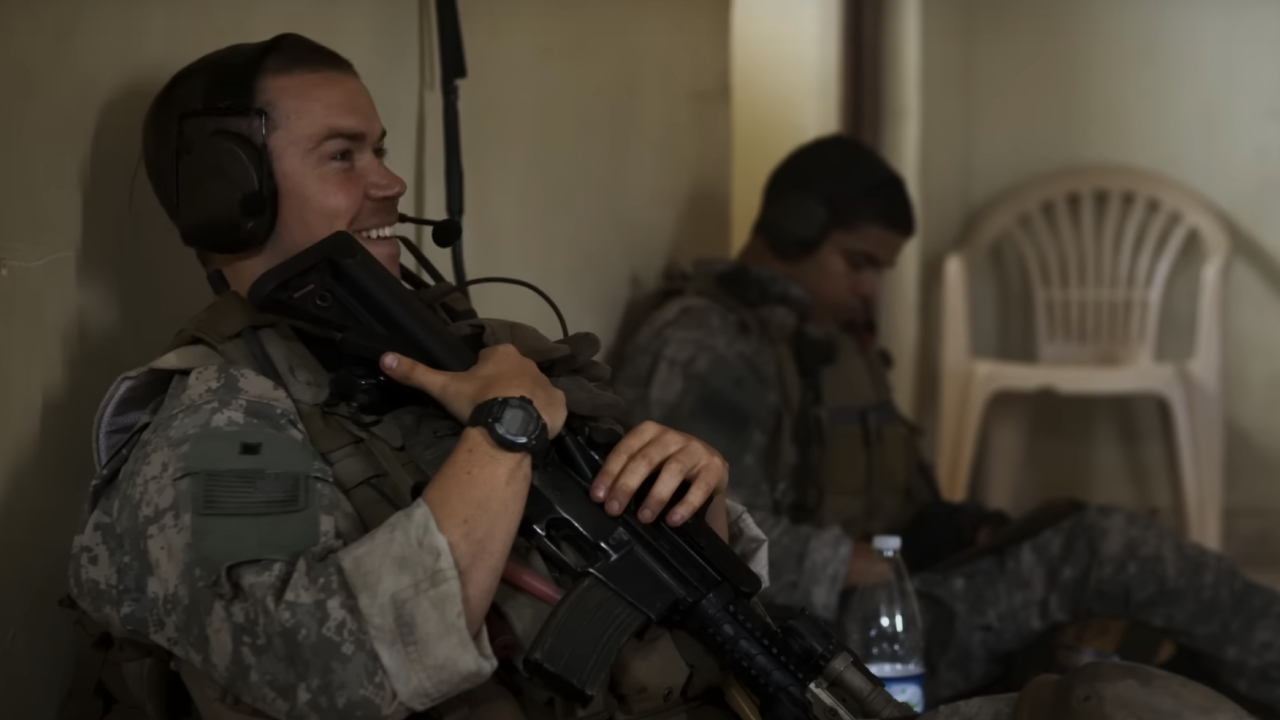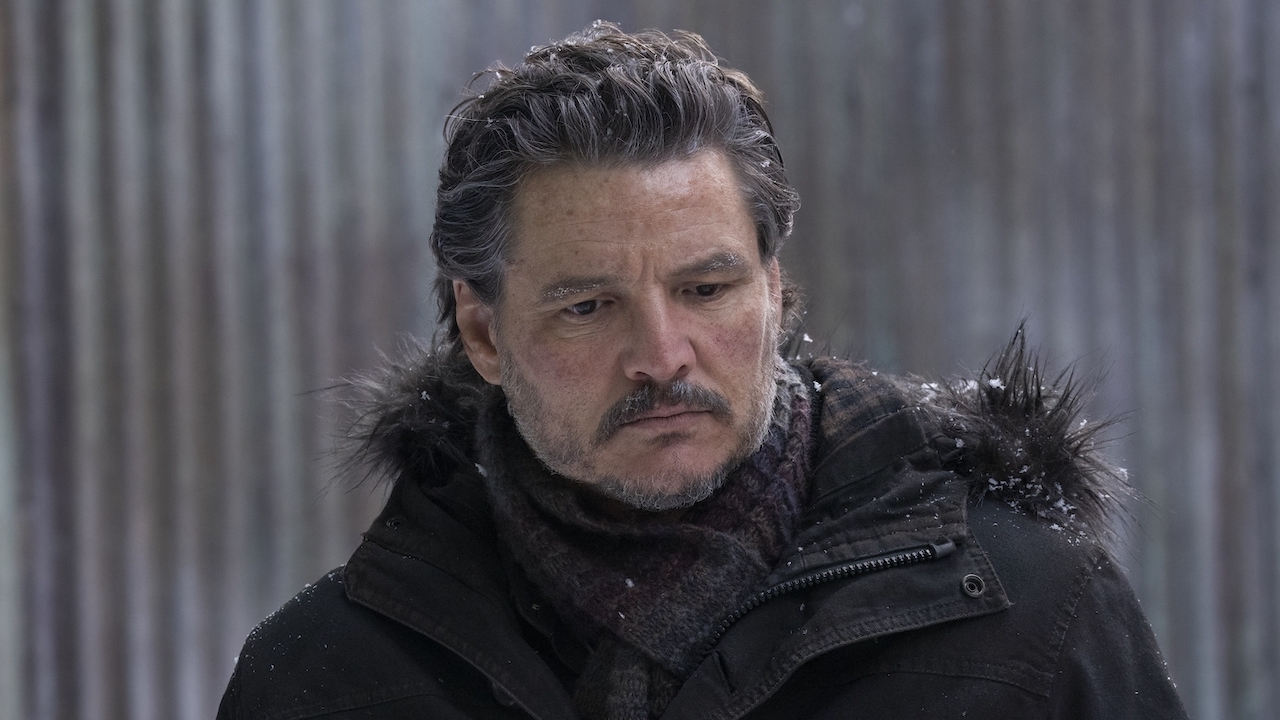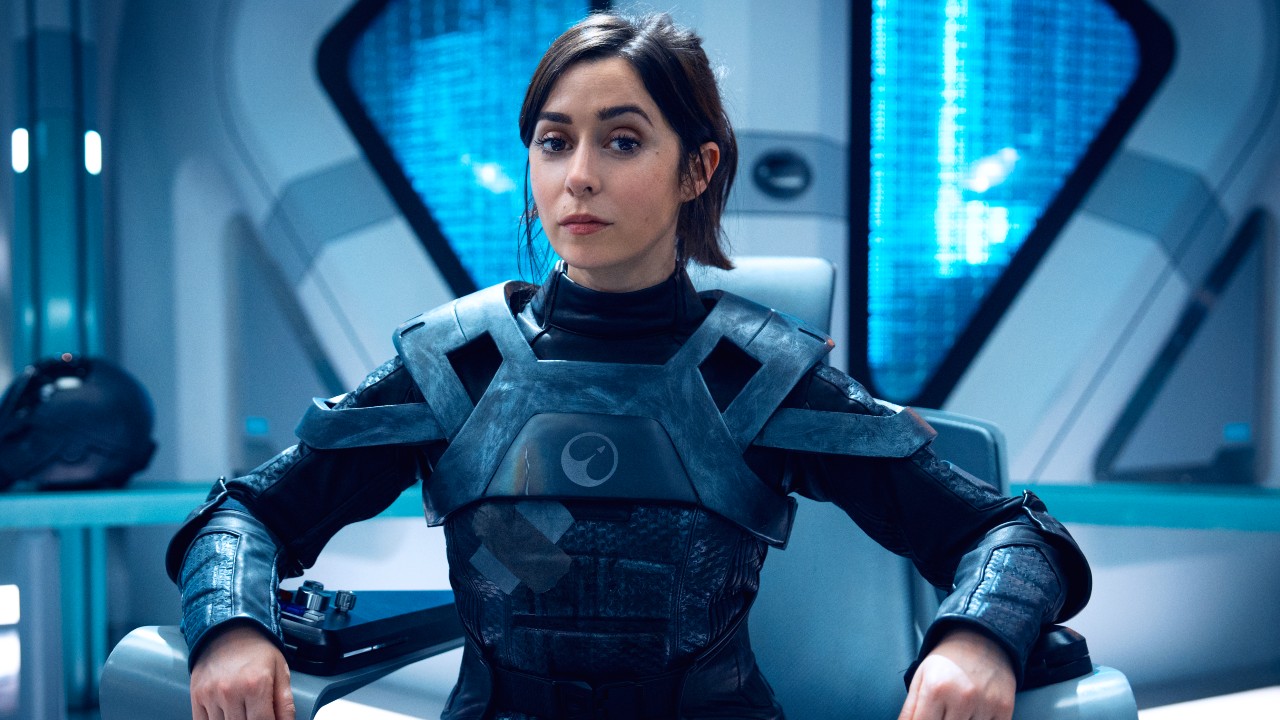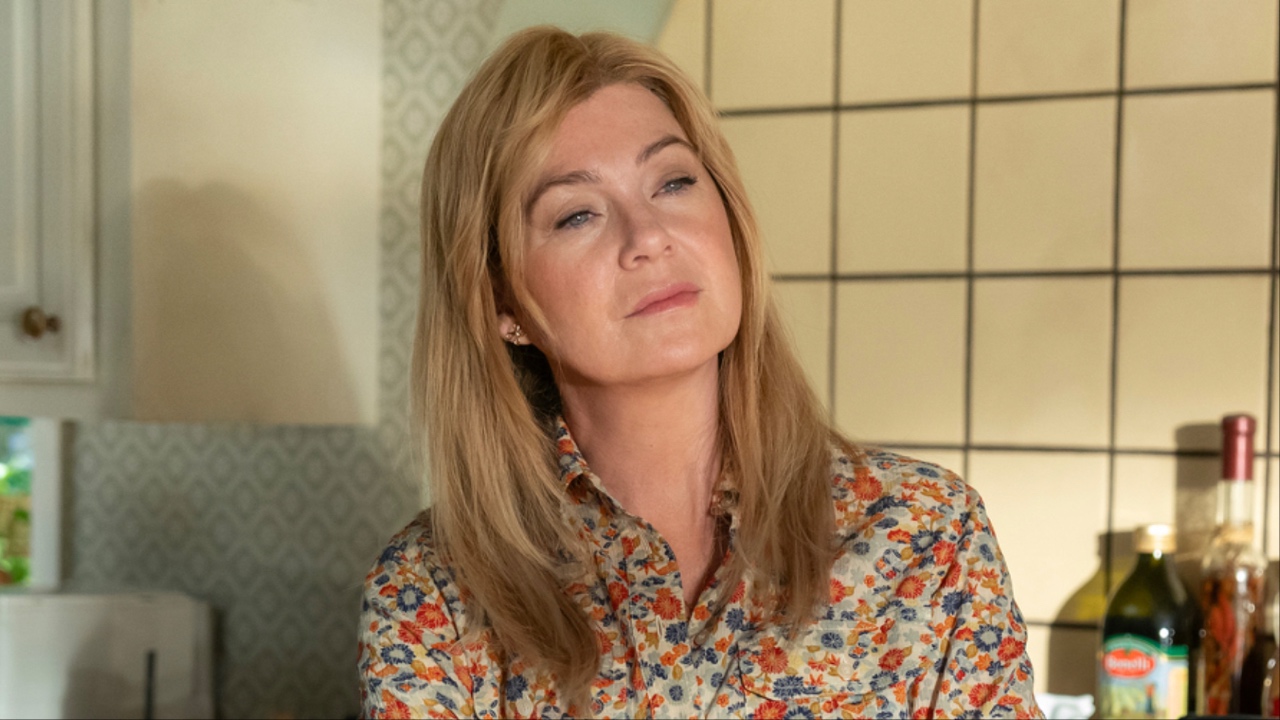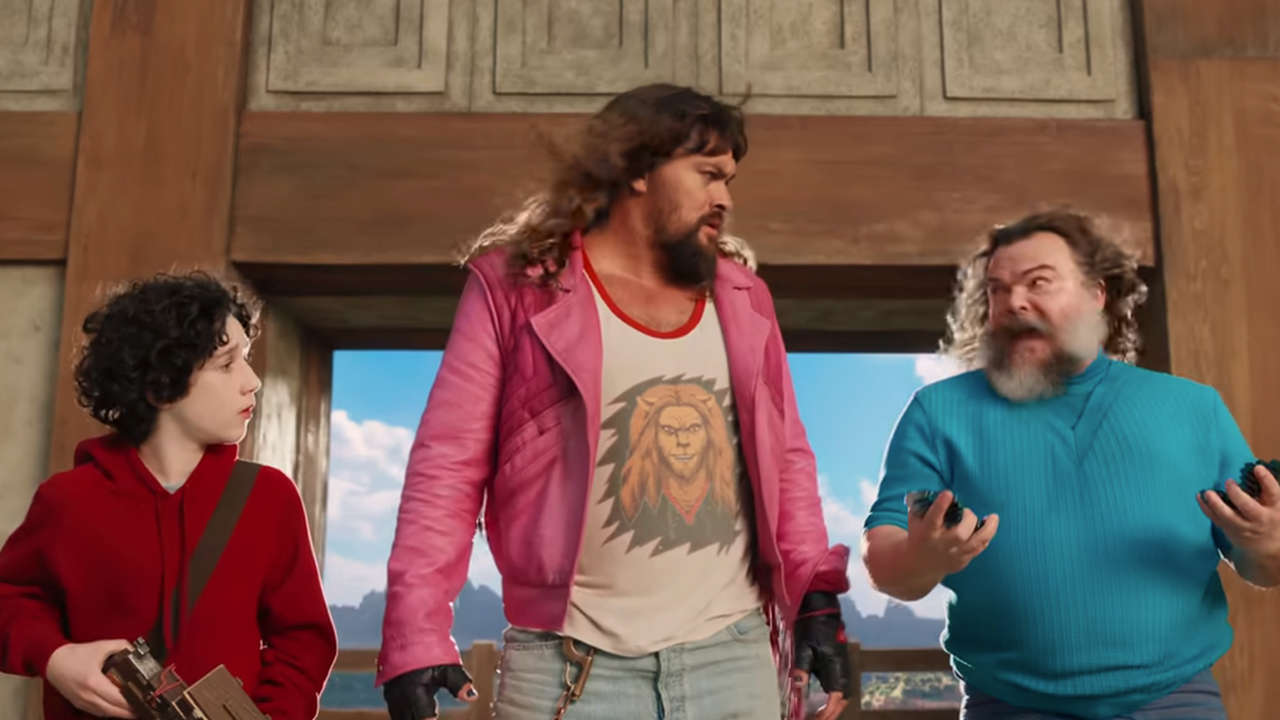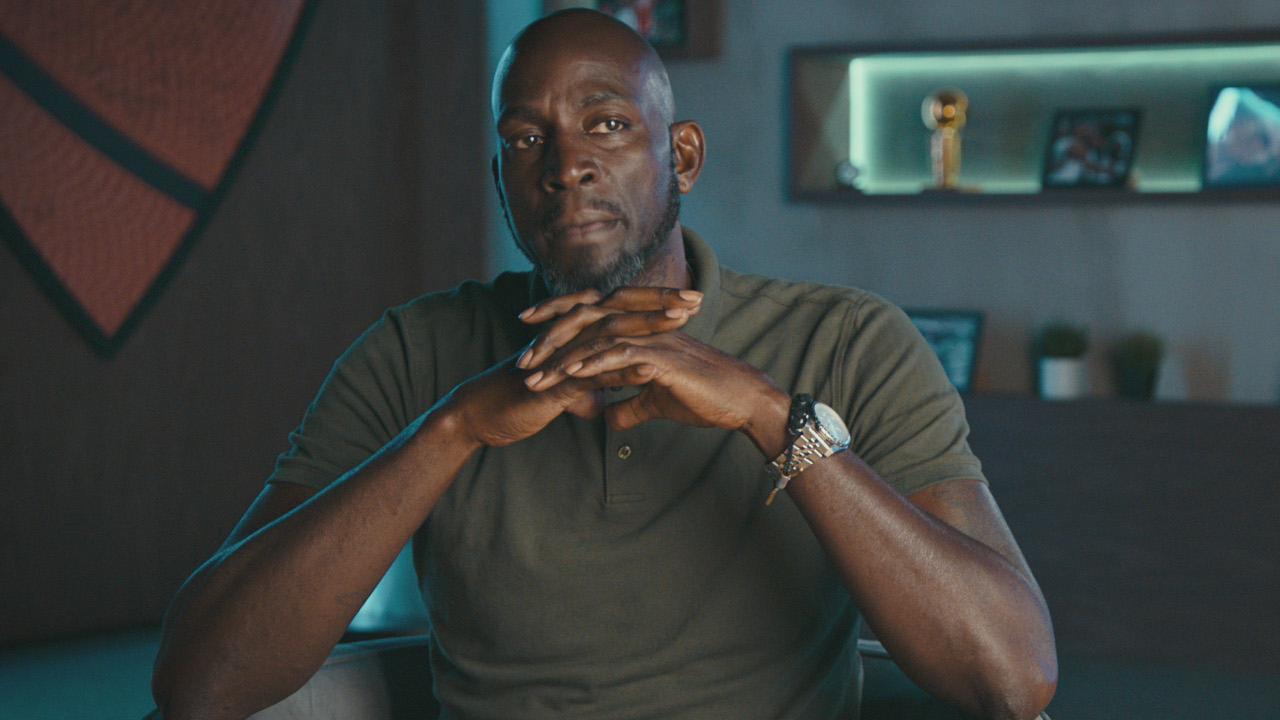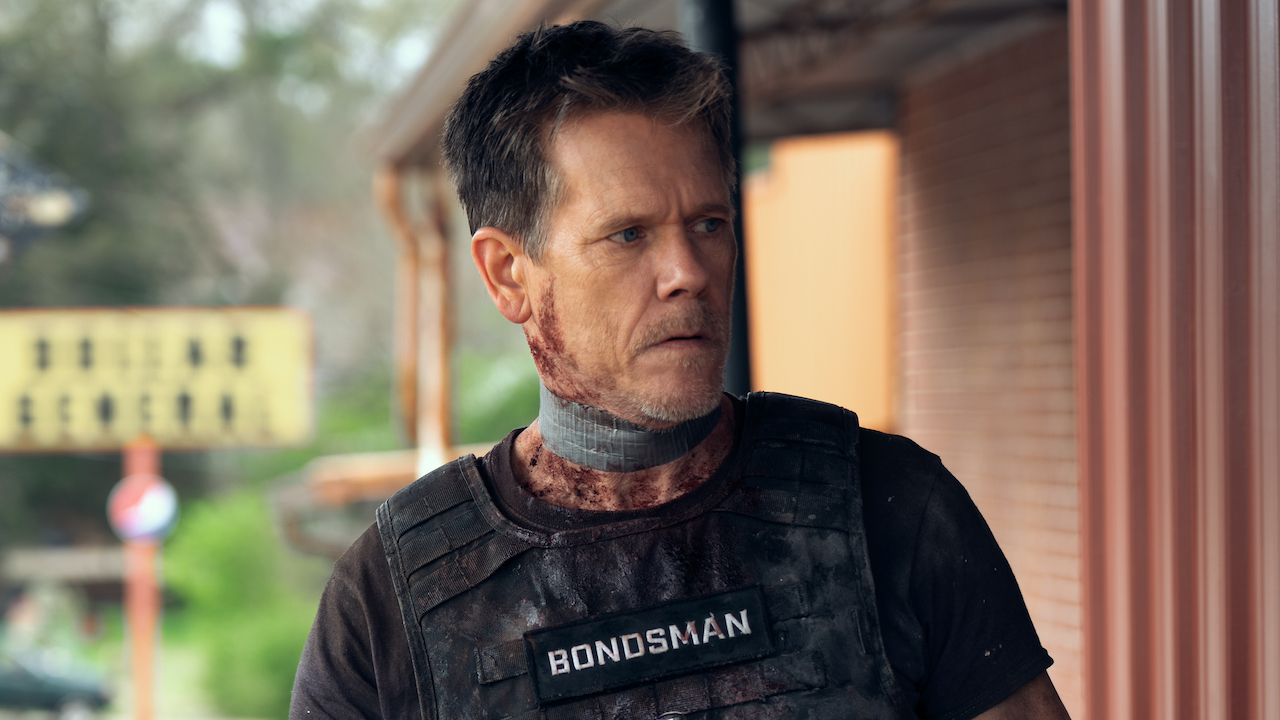Adapting Stephen King's IT: Was 2019's IT Chapter Two Always Doomed To Underwhelm?
When are we getting that supercut?
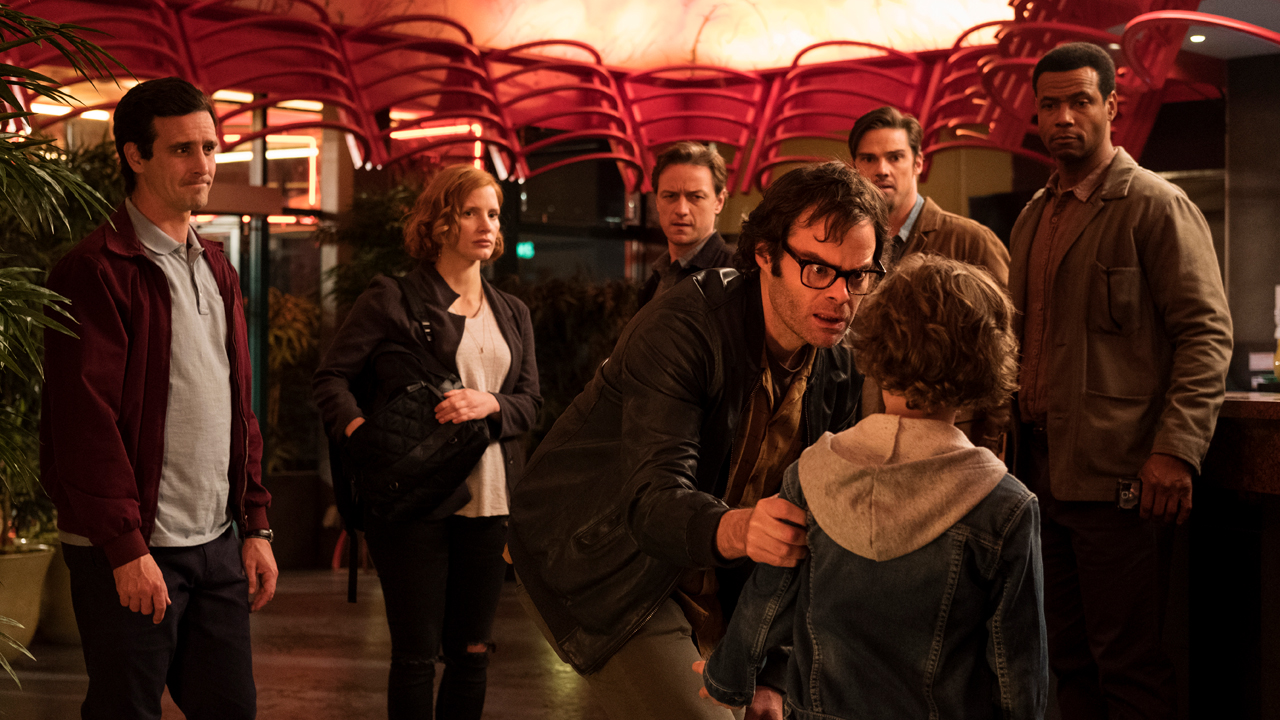
When Andy Muschietti’s IT Chapter One arrived in theaters in 2017, IT Chapter Two was not a guarantee. While New Line Cinema committed to the idea of Stephen King’s book being adapted as a pair of films early in the project’s development, no promises were initially made that Chapter Two would be given the green light. If the first was an outright flop, plans for the second would have been abandoned, and Constant Readers would have been left in the position of simply appreciating the movie that was made (one of the best Stephen King movies of all time).
But IT Chapter One wasn’t a flop; it was a phenomenon. Its first day in theaters alone netted the R-rated horror hit $51 million domestically, and the $123 million it made in its first weekend was a record for a horror film. By the time it was done playing on the big screen in multiplexes around the world, it earned $700.4 million – but, of course, it didn’t take that long for New Line and Warner Bros. to get the message regarding what to do about a sequel. The buzz was so intense and pre-sales so strong in the run-up to the release that screenwriter Gary Dauberman was officially hired to write IT Chapter Two hours before the first public screenings of Chapter One, and Andy Muschietti was in negotiations to return to the director’s chair.
Andy Muschietti’s IT Chapter Two began principal photography on June 20, 2018 with confidence from the studio and superior financial resources compared to the 2017 movie… but also with the pressure of extreme expectations. Putting aside box office numbers, the blockbuster sequel inherently had the mission to match the quality of its critically acclaimed and beloved predecessor – and it was at a disadvantage from the start. Talented stars were cast to play the adult members of the Losers Club (in fact, a lineup that partially matches the dream ensemble imagined by the young cast of IT Chapter One), but the charms of the period setting and youthful leads were no longer principal assets for the story, and the production had to make do with the ending from Stephen King’s book, which has been a subject of controversy among fans since 1986.
With these external factors in play, it could be argued that IT Chapter Two was always doomed to underwhelm, even while still being a solid interpretation of the source material, and whether or not that’s fair is the debate at the core of this week’s Adapting Stephen King.
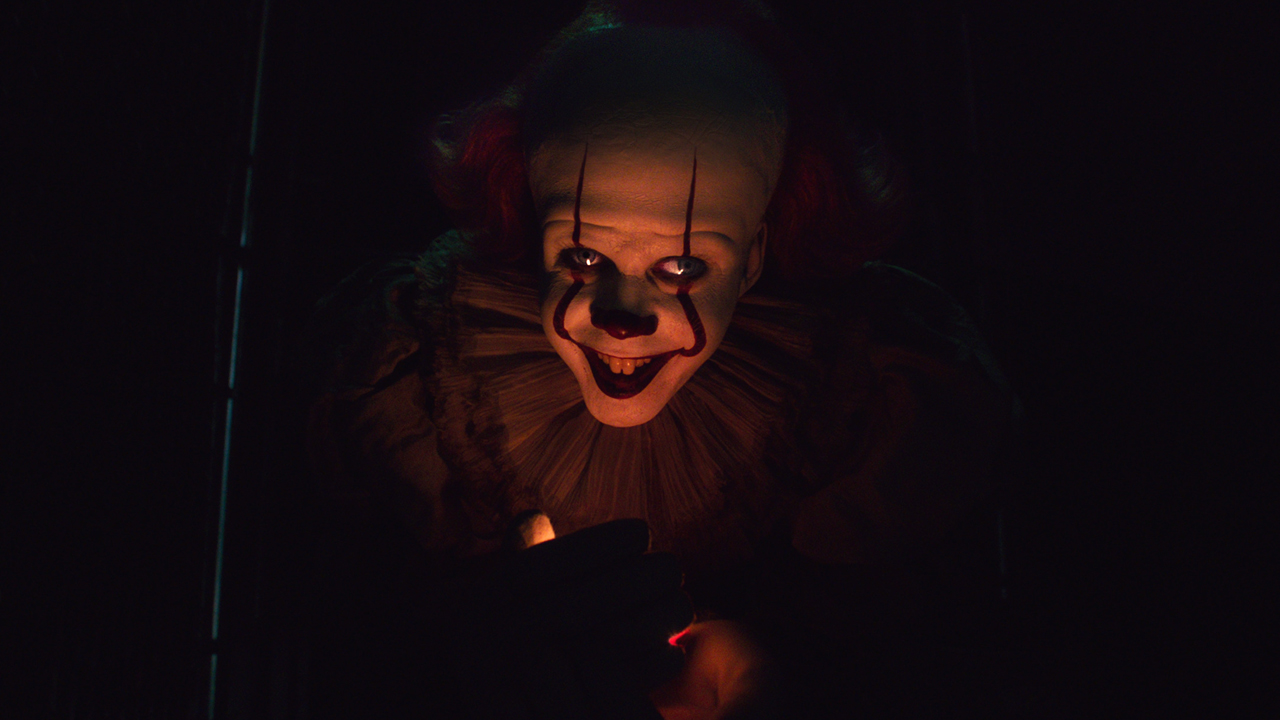
How Andy Muschietti's IT Chapter Two Differs From Tommy Lee Wallace's IT Miniseries
Like IT Chapter One, IT Chapter Two marks the second time that we’ve seen the source material brought to life, as the Tommy Lee Wallace-directed miniseries from 1990 was the first successful adaptation of Stephen King’s book. Also like IT Chapter One, the sequel finds a few ways to incorporate details and story elements from the novel that the made-for-TV production didn’t/couldn’t – and they are scattered throughout the film.
Right off the bat there is the hate crime that leads to the death of Adrian Mellon (Xavier Dolan), a character who is cut out of the miniseries entirely. The timeline of events is compacted in the film, but all of the key elements are featured, including the Canal Day Festival, the “I Love Derry” hat, Adrian being assaulted because he is gay, Adrian being thrown over a bridge, and Pennywise (Bill Skarsgård) attacking while a flood of balloons magically float down.
The introductions of the adult members of the Losers Club in IT Chapter Two feature some deviations from the book (which I’ll get into more in the next section), but the film does a great job incorporating one detail from Stephen King that was changed for the TV adaptation: just as in the novel, Eddie (James Ransone) doesn’t still live with his mother, but he is instead married to a woman who is exactly like her – and she is actually played by Molly Atkinson, the same actor who played Eddie’s mother in IT Chapter One.
CINEMABLEND NEWSLETTER
Your Daily Blend of Entertainment News
In the second act of the film, when the main characters are reacquainting themselves with the town of Derry, Maine and collecting their memory artifacts, two never-before-adapted sequences from the book are included – and they are actually two of the best moments in the entirety of IT Chapter Two. The first is young Richie (Finn Wolfhard) having an encounter with the Pennywise-possessed Paul Bunyan statue that stands in the middle of town. The second is adult Bill (James McAvoy) finding his old bike, Silver, in a pawn shop. The scene features Stephen King as the disgruntled shopkeeper, and it’s vastly superior to the miniseries where adult Mike reveals that he has kept it in storage.
There is a case to be made that the film features a more faithful adaptation of the journey taken by adult Henry Bowers (Teach Grant), though it too puts an original spin on things. In the book, Henry assaults Mike (Isaiah Mustafa) at the library and then goes to kill Eddie at the Derry Townhouse where everybody is staying. The TV version compresses the action, with the psychopathic bully’s violence being limited to the townhouse; IT Chapter Two features the attacks at both locations, though the order of events is swapped, and Henry is killed at the library instead of Eddie’s hotel room.
Lastly but perhaps most notably, there is the Native American mysticism and the notorious Ritual of Chüd – both of which are wholly cut out of the IT miniseries. There are major changes from the novel in the way that both are presented (which, again, I’ll get into in the next section), but the stab it takes is still technically more faithful than what was done for the 1990 version.
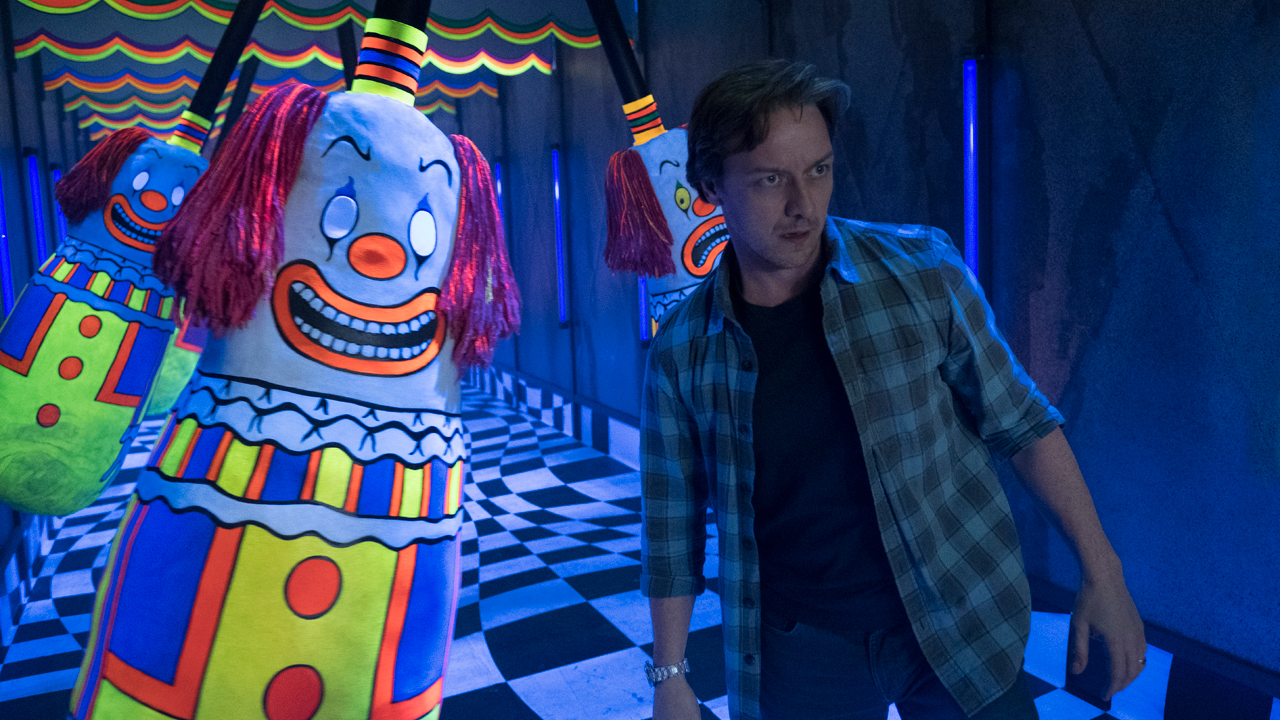
How Andy Muschietti's IT Chapter Two Differs From The Book
If I were to slap a number on it, I’d estimate that about 80 percent of IT Chapter Two originates from between the covers of Stephen King’s classic tome – but that other 20 percent isn’t insignificant. Most of the license-taking can be found in the movie’s third act in the showdown with Pennywise, but there are a great number of standout examples where we see the creativity of the filmmakers.
To point to some minor examples, I’ll circle back to the reintroductions of the Losers Club. The lives of adult Bill, Beverly (Jessica Chastain), Ben (Jay Ryan), and Stan (Andy Bean) mostly lineup with what is in the book, but Richie (Bill Hader) is a stand-up comic instead of a radio personality, Eddie is a risk analyst instead of the co-owner of a limo service, and Mike isn’t just the head librarian, but actually lives above it.
Bill and Beverly still have their respective spouses in Audra (Jess Weixler) and Tom (Will Beinbrink), but one of the most substantial cuts featured in IT Chapter Two is their complete removal from the story beyond their first scenes. In the book, Tom, being the abusive asshole that he is, pursues his wife to Derry, and, while under the influence of Pennywise, kidnaps Audra – who travels to Maine because she is concerned about her husband. These plotlines are wholly eliminated from the film.
When it comes to the adult Losers traveling around Derry in the movie, the aforementioned Paul Bunyan and thrift shop scenes with Richie and Bill come straight from the novel, as does Beverly’s trip to her old house, but the same can’t be said of the adventures in memory with Eddie and Ben. The sequences in the basement of the pharmacy and at the school are inventions for the movie – and while on the subject, the same can also be said of Bill’s sprint to the Canal Day Festival so that he can try and rescue the kid who lives in his old house (Luke Roessler).
As far as the larger plot of the film is concerned, the most original development that IT Chapter Two throws into the mix is a further exploration of one of the changes in IT Chapter One: young Beverly (Sophia Lillis) getting caught in the Deadlights. Unlike the book, the Losers aren’t unified after their terrifying encounter at the Jade of the Orient restaurant, and what brings them together – for the most part – is the revelation from Beverly that she has had persistent nightmares that have predicted the deaths of her friends.
Returning to the subject of Henry Bowers, his trips to the library and the Derry Townhouse being flipped in the story isn’t the only alteration to that plot thread. In the movie it is Richie who ends up taking Bowers out instead of Eddie – specifically by driving an axe into his skull – but what’s more important is that it happens before the former high school bully can stab Mike in the femoral artery. In the novel, Mike is hospitalized during the final battle with Pennywise, but IT Chapter Two skips that development and has him fighting alongside his childhood pals.
Bringing up this big change for Mike provides a segue into the promised discussion of Native American mysticism and the Ritual of Chüd. In the book, the young Losers Club set up what they call a smoke-hole in their underground clubhouse and burn “green wood” to inspire visions that tell them about the history of Pennywise arriving in Derry. Separately, Bill’s research into ways to defeat the creature leads him to learn about the aforementioned ritual – which is a psychic fight that (metaphorically) sees opponents bite into each other’s tongues and tell jokes until one party laughs and loses.
Only vague parts of all that ends up in IT Chapter Two. Instead of having the kids have a group hallucination via smoke-hole, the movie has Mike learn about the origins of Pennywise via a local indigenous tribe called Shokopiwah and ingesting a root called Maturin (which takes its name from the giant turtle that, in the book, is It’s greatest adversary), and then he drugs Bill to pass the vision along. Furthermore, the Ritual of Chüd is made much more palpable for mainstream audiences, and simply involves the Losers burning tokens of their childhood and solidifying their collective faith in hopes of trapping the Deadlights in a special container.
There is what could be described as a psychic battle at the end of IT Chapter Two, but between the change to the ritual and the all-but-total deletion of Audra from the story, the list of details taken from the book for the movie are pretty much limited to Pennywise taking the form of a giant spider, Eddie being killed, the Losers ripping It’s heart out, and Ben and Beverly finally getting together.
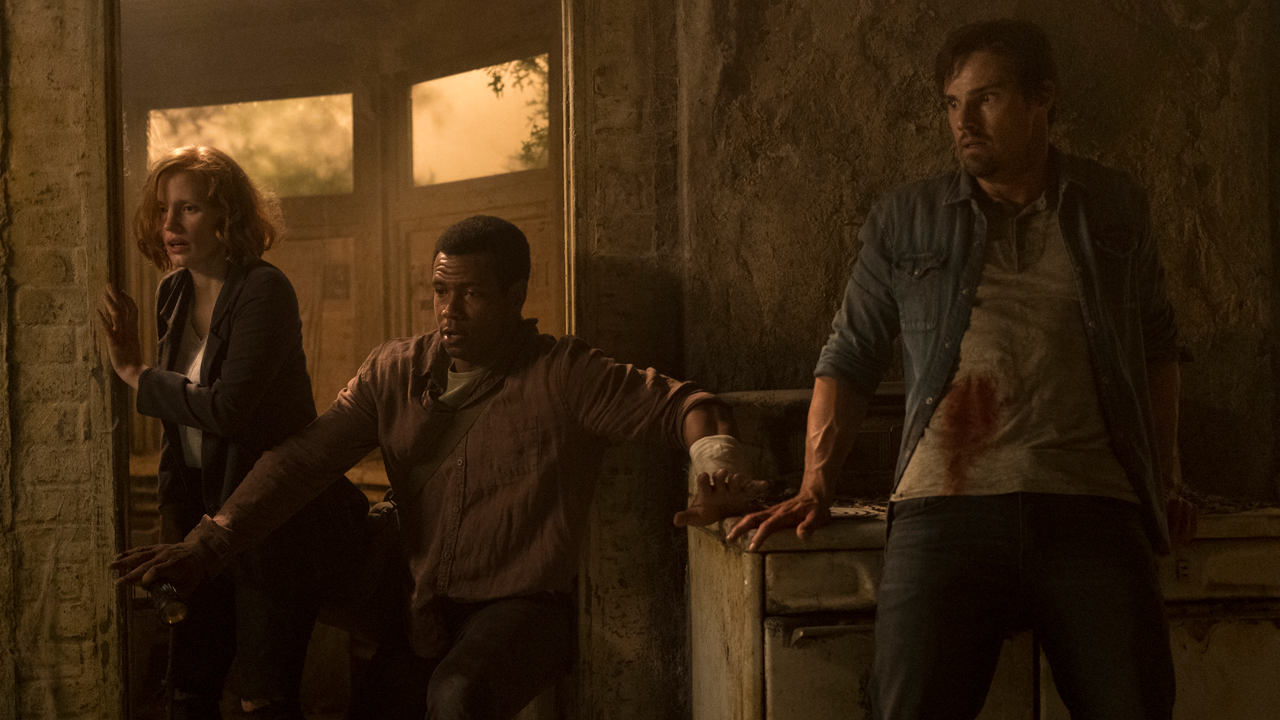
Is It Worthy Of The King?
In August 2019, a full month before the release of IT Chapter Two, Andy Muschietti revealed that he had made plans for a supercut – a single, epic feature that would edit together what he called “a special director’s cut of number one and a special director’s cut of number two.” To date, it’s still a form of the modern IT movies that we have not yet seen get released, but I’m patiently waiting for it, as I can’t let go of the feeling that it will fix the parts of the sequel that don’t work and let the best part of the film shine.
As structured, one of the unfortunate flaws of this half of Stephen King’s story is that a large percentage of the film has the characters taking their own paths through Derry to mentally return to the mission at hand. Outside of being a nostalgia-tinged coming-of-age story, IT Chapter One makes magic with the protagonists’ camaraderie and the group’s interpersonal dynamics, and while we get a taste of that returning in the Jade of the Orient sequence, the Losers Club almost immediately fractures. By the time they are back together for the third act, the plot clouds the chemistry.
There is a reason why Stephen King wrote IT to be non-linear and jump back and forth in time, and the theatrical cut of IT Chapter Two shines a light on it. It’s not a bad film (as I explain in greater detail in my CinemaBlend review), but it’s missing the full power of its predecessor, and it’s easy to imagine an edit of the movies that better reflects the structure of the book could be the superior cinematic experience – even while potentially being seven hours long.
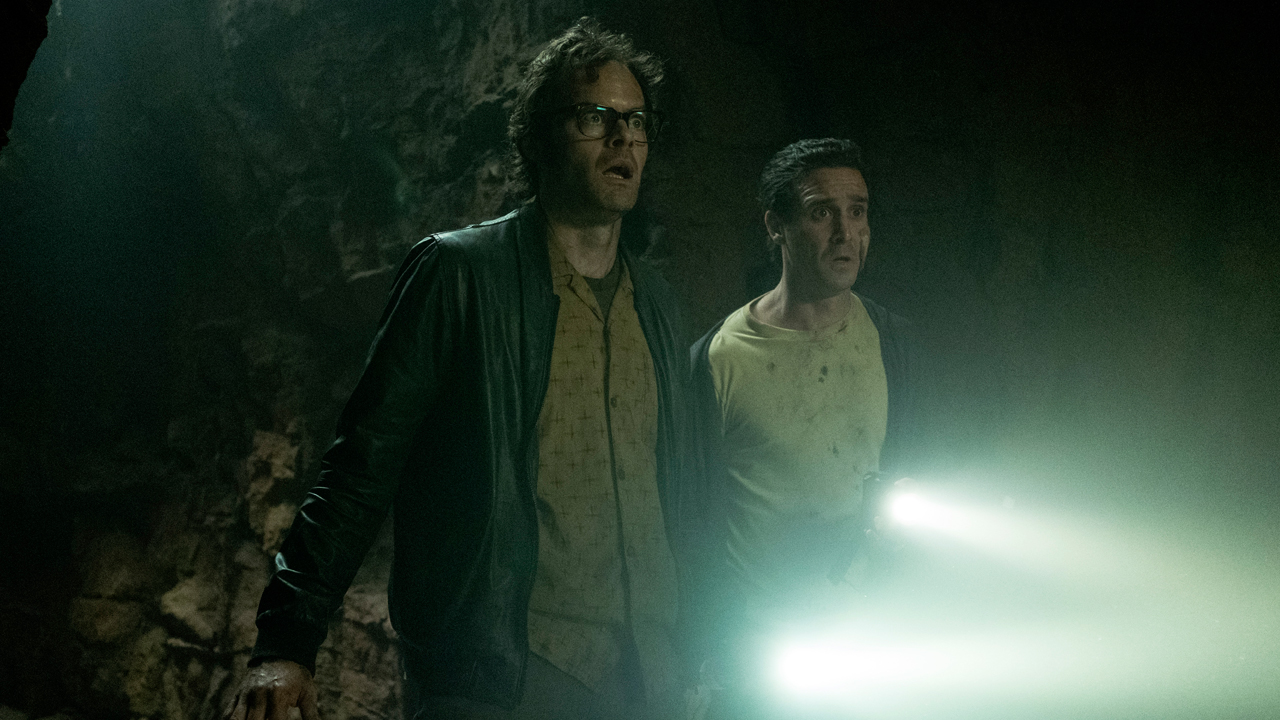
How To Watch Andy Muschietti's IT Chapter Two
Like both the IT miniseries and IT Chapter One, IT Chapter Two is presently available to stream if you have an HBO Max subscription, but other digital options including purchasing and renting the movie via Amazon, Google Play, Apple, and Vudu. If you’re building the Ultimate Stephen King Collection, you’re going to want to get the movie on 4K.
Come Wednesday, the next edition of Adapting Stephen King is going to be returning to the CinemaBlend Television section because I’ll be taking a look at the third and final season of Mr. Mercedes – which is based on the novel Finders Keepers. In the meantime, you can explore all of my previous columns by clicking through the banners below.







Eric Eisenberg is the Assistant Managing Editor at CinemaBlend. After graduating Boston University and earning a bachelor’s degree in journalism, he took a part-time job as a staff writer for CinemaBlend, and after six months was offered the opportunity to move to Los Angeles and take on a newly created West Coast Editor position. Over a decade later, he's continuing to advance his interests and expertise. In addition to conducting filmmaker interviews and contributing to the news and feature content of the site, Eric also oversees the Movie Reviews section, writes the the weekend box office report (published Sundays), and is the site's resident Stephen King expert. He has two King-related columns.
